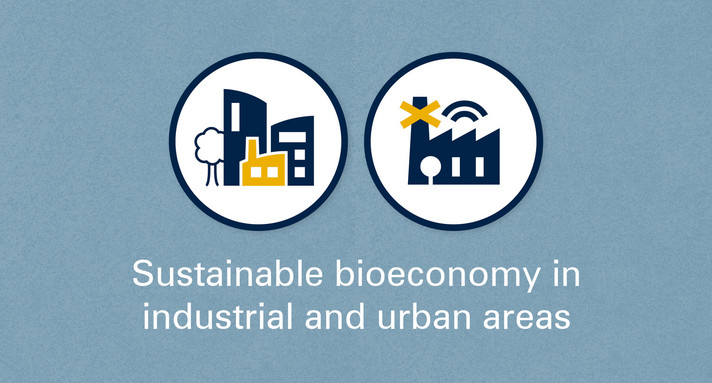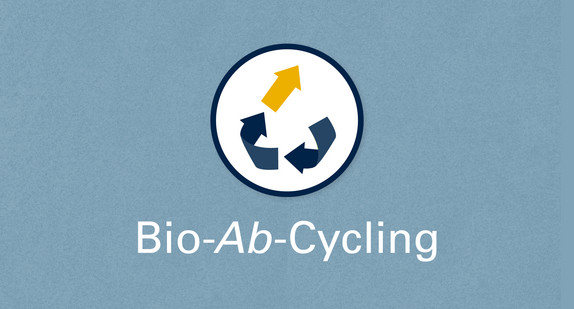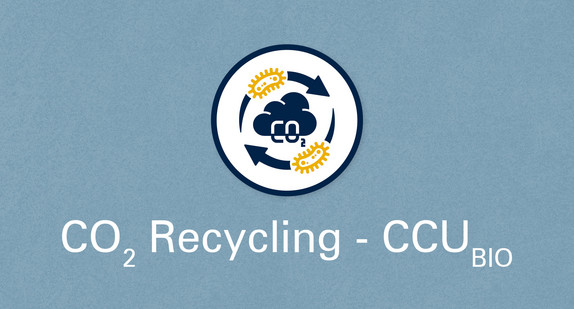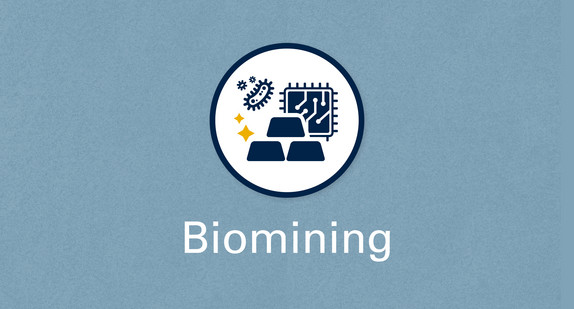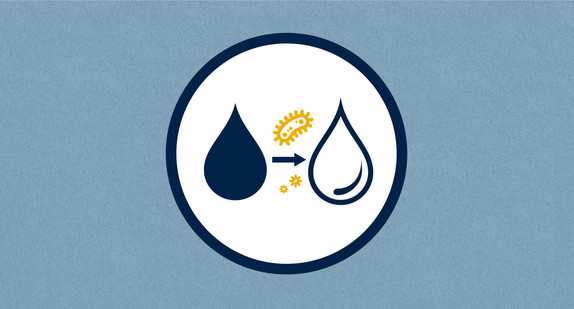With the help of a sustainable bioeconomy, our economy, which is currently still based on the consumption of fossil raw materials, will transform into a sustainable and circular economy. In a sustainable bioeconomy, many aspects from different disciplines complement each other.
The Ministry for the Environment, Climate and Energy Sector of Baden-Württemberg supports the transition to a sustainable bioeconomy in the federate state through initiatives in the areas of climate and resource protection, air and water pollution control, the circular economy and cascade use – i. e. the use of a raw material over several stages with the aim of recycling it as completely as possible. In this way, the federate state also wants to create and demonstrate innovative possibilities for sustainable management.
Primary goal: recovering valuable raw materials and returning them to the economic cycle
The focus is on industrial and urban areas in Baden-Württemberg. The primary goal is to recover valuable raw materials from waste, wastewater and other residual materials and to return them to the economic cycle. The networking of the diverse economic and social areas also plays an important role. In the sense of "closing the loops", the recycled and recovered valuable materials are to be made available again to urban, industrial and rural areas.
The concept of a sustainable bioeconomy is often also linked with economic benefits for companies. Thanks to interrelated value chains and their digitalisation, costs are saved and innovative products can be marketed.
Good for mankind and climate
The sustainable bioeconomy in industrial and urban areas Provides benefits or mankind and climate. Resources are used very efficiently and the climate gas carbon dioxide (CO2) can be removed from the atmosphere and utilized as resource. The reduced use of chemicals that are hazardous to health in many areas of the economy benefits man in the process.
Biomimetic – nature as a technical model
With the help of biomimetic, "best practice" solutions from nature are transferred to technical products and processes and the material and energy input is optimised. Well-known examples are the lotus effect, according to which self-cleaning surfaces are produced, or lightweight constructions copied from diatoms. Low-noise fans modelled on the wing of an owl and low-resistance surfaces modelled on sharkskin are also examples of innovative bionic products.

